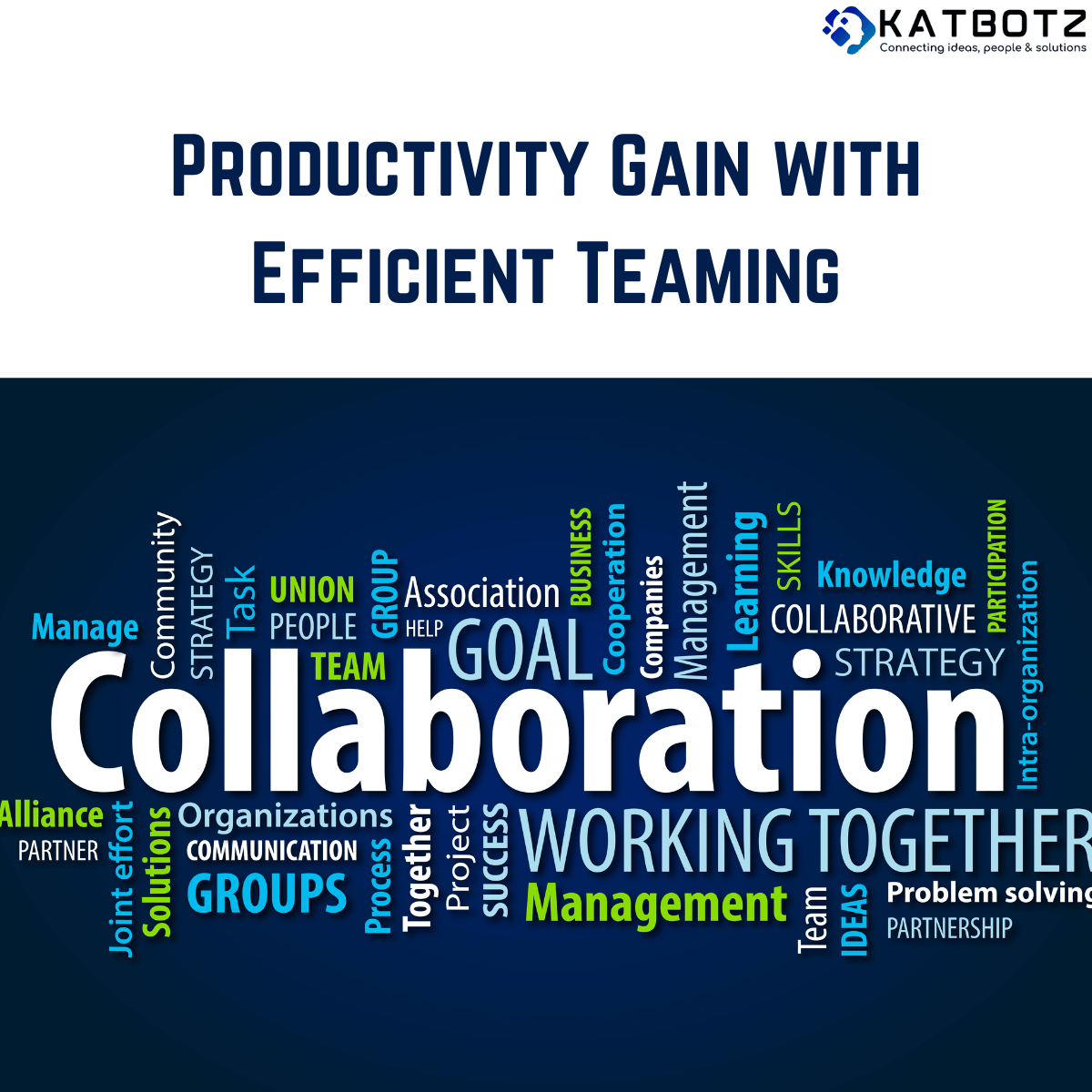Introduction
In today’s dynamic and globally interconnected business environment ensuring that every dollar spent delivers optimal value is crucial. The efficiency and effectiveness of global teams are paramount to maintaining productivity and customer satisfaction. Inefficient use of time can lead to significant losses in both areas. Here, we outline additional strategies for structuring teams (onshore and offshore) to maximize effectiveness, foster innovation, and ensure that investments in human capital yield substantial returns.
1. Establishing Guidelines and Structures from the Get-go Implement clear guidelines and structures for collaboration between offshore and onshore teams. Regularly scheduled handoffs and updates ensure that projects move seamlessly across different time zones, enhancing productivity and minimizing delays.
2. Work-Life Balance for All Team Members Prioritize the well-being of all team members by advocating for a healthy work-life balance. This approach not only boosts morale but also increases productivity and reduces burnout, contributing to higher overall satisfaction and retention.
3. Operating per Same Plan and Sight on the Goal Ensure that all team members, regardless of their location, operate according to a unified plan with clear, shared goals. This alignment helps in maintaining focus and driving efforts towards common objectives, enhancing the team’s ability to deliver value.
4. Onshore and Offshore Leads/Structure per Responsibility Areas Define clear leadership roles within onshore and offshore teams based on responsibility areas. This structure facilitates effective management and accountability, ensuring that tasks are completed efficiently and to a high standard.
5. Clear Communications Adopt transparent and effective communication practices to bridge the geographical and cultural gaps between global teams. Clear, concise, and regular communication helps in preempting misunderstandings and aligning efforts.
6. Team Building, Motivation, and Camaraderie Invest in team-building activities that foster a sense of community and belonging among team members. A motivated team with strong interpersonal relationships is more cohesive, collaborative, and productive.
7. Rolling Up Your Sleeves When You Need To – Lead from the Front Attitude for Leaders Leaders should exemplify a “lead from the front” attitude, demonstrating a willingness to engage directly with challenges. This hands-on leadership style inspires confidence and respect, motivating team members to follow suit.
8. Engaging Offshore Teams in Client Conversations Involve offshore teams in client interactions to enhance their understanding of client needs and expectations. Regular check-ins and coaching sessions help in building their communication skills and confidence, making them more effective in their roles.
9. Keeping Meetings Structured and to the Point Ensure that meetings are well-organized, purpose-driven, and concise. This practice respects everyone’s time and keeps the team focused on actionable outcomes rather than getting bogged down in unnecessary details.
10. Team Building Events Organize team-building events that cater to the interests and cultures of all team members. These events can range from virtual meetups to in-person retreats, depending on the geographical distribution of the team.
11. Grooming Leaders for the Future Identify and nurture potential leaders by assigning them to stretch roles that challenge and develop their capabilities. However, it’s crucial to maintain a balance to prevent stress and burnout, ensuring sustainable growth and development.
Conclusion
By implementing these strategies, organizations can create an environment where global teams are not just efficient but are also highly motivated, engaged, and aligned with the company’s goals. This holistic approach to team structure and management is key to maximizing the return on investment in global teams, ultimately contributing to the organization’s long-term success and competitiveness.

